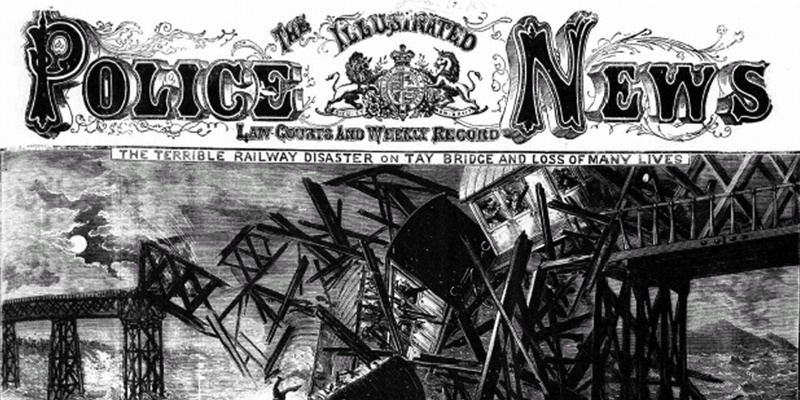A multi-million-pound joint venture between Dundee-based digital publishers brightsolid and the British Library sees a massive archive of newsapers released online for the first time today.
The new British Newspaper Archive website (link) contains around four million pages of content from more than 200 newspapers from across the UK and Ireland, and up to 8,000 new digitised pages are being added every day.
The searchable resource mainly features material from 18th and 19th century titles.
Among the first editions to be uploaded are copies of The Courier’s earlier titles dating from 1844 to 1900. Likely to attract lots of attention from local readers is contemporary coverage of the Tay Bridge Disaster of December 1879, in which 59 people lost their lives.
Brightsolid which has its headquarters at Dundee Technology Park was chosen as the British Library’s partner after successfully delivering similar projects based on the 1911 census for the National Archives.
The 10-year tie-up will eventually see more than 40 million pages of archive material digitised and will include in-copyright material after Northcliffe became the first major publishing house to sign up to allow a large selection of its regional and local titles up to 1950 to be included.
He said: ”The British Newspaper Archive website opens up a magical new window on a magnificent treasure store of real history, recording the lives of ordinary people doing extraordinary things in vibrant communities rather than merely the cold facts of politics and pestilence.
”Thank goodness ageing newspapers are being brought back to life through new partnerships and modern, accessible media, to enthrall new generations.”You can explore the archive from today at www.britishnewspaperarchive.co.uk You can also stay up to date with new additions by following on Twitter (link) and on Facebook (link)
